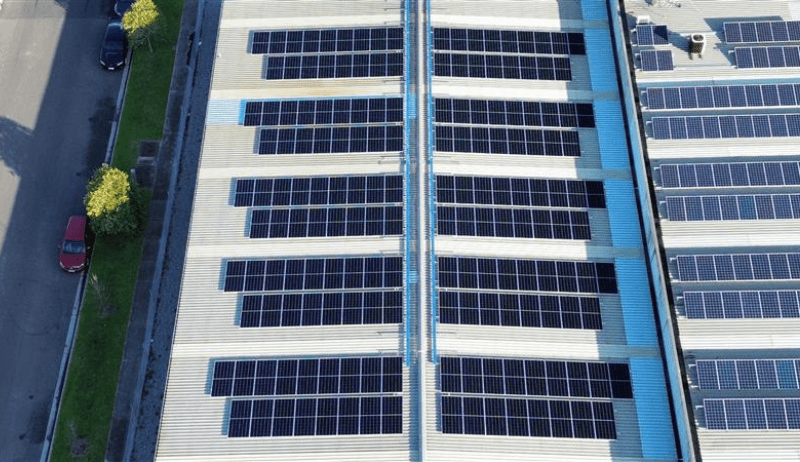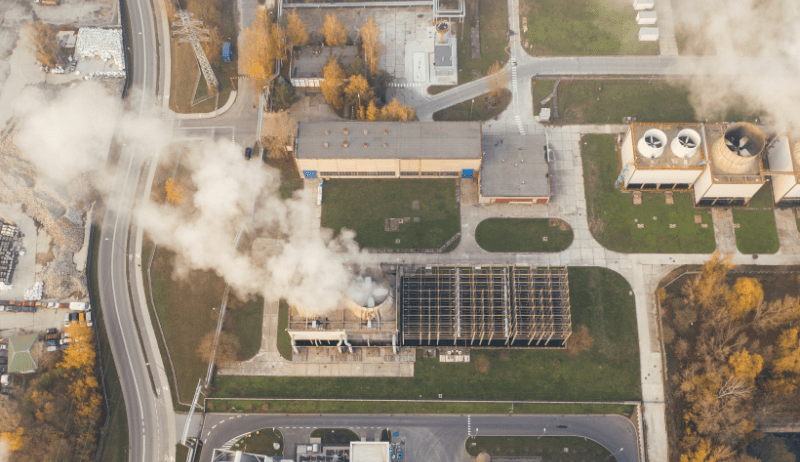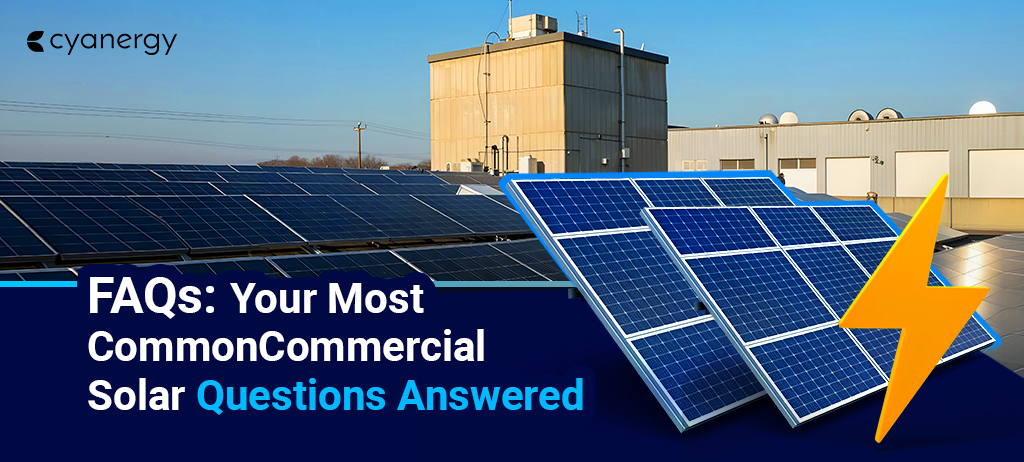As the world urgently addresses climate change, Australia is emerging as a key player in the global transition to renewable energy. With its abundant sunlight, solar power is at the forefront of the country’s transition to a greener economy.
Solar energy is helping to reduce carbon emissions, boost economic growth, create jobs, and ensure long-term energy security.
Impacts of Climate Change in Australia
Climate change seriously affects many parts of Australia, including the environment, economy, and society.
Here are some essential effects:
More Extreme Weather Events
Australia is experiencing more frequent and intense heat waves, bushfires, floods, and cyclones, which harm people’s health, increase the risk of heat-related illnesses and deaths, and put pressure on energy systems.
“Black Summer” fires in 2019-2020 caused significant damage, killed wildlife, and hurt the economy.
Rising Sea Levels
Effects on Farming and Food
Damage to Natural Ecosystems
Warmer oceans are causing coral bleaching, especially on the Great Barrier Reef, which harms marine life and tourism.
Many native animals and plants, especially in areas like the Australian Alps and rainforests, struggle as their habitats change, leading to species decline or extinction. Rivers, lakes, and wetlands are drying up, reducing water for wildlife and humans.
Health Impacts
Heat Illnesses: More heatwaves are causing heat-related illnesses and deaths, especially in vulnerable groups like the elderly.
Air Quality: Climate change worsens air quality due to more bushfires and dust storms, which can cause breathing problems and heart issues.
Spread of Diseases: Warmer and wetter conditions can increase the spread of diseases carried by mosquitoes, like dengue fever.
Economic Costs
The economic impacts are significant, with natural disasters like bushfires, floods, and heatwaves damaging infrastructure, disrupting industries like farming and tourism, and raising insurance costs.
Governments and businesses also face higher costs in recovering from disasters and preparing for future climate impacts.
Water Supply Issues
Climate change is making Australia’s already limited water resources even scarcer, especially in dry areas. Less rainfall and higher evaporation rates create conflicts over water use, affecting farming, ecosystems, and cities.
Climate change impacts almost every aspect of life in Australia, from nature and farming to health and the economy. Without serious efforts to reduce its impact, these problems will worsen over time.
Solar Energy Landscapes in Australia, 2024

Australia gets the highest sunlight worldwide, making it an excellent place for solar energy production. The country’s sunny weather and large open spaces make it well-suited for generating solar power.
However, climate change is a severe problem for Australia, affecting its environment, economy, and people. Since 1910, temperatures have increased by 1.4 degrees, leading to more droughts, bushfires, and extreme weather events.
To tackle this, Australia is shifting to renewable energy. More than three million homes now use solar power to help reduce pollution and meet climate goals. This move is essential for cutting harmful emissions and promoting sustainable growth.
Australia is also a global leader in rooftop solar panel installations, having one of the highest installation rates per person, making it a key player in renewable energy worldwide.
5 Ways Solar Energy Fights Climate Change
Solar energy plays a crucial role in combating climate change in Australia, a country facing significant environmental challenges due to its heavy reliance on fossil fuels and its exposure to the impacts of global warming.
Here are five ways solar energy helps in this fight:
Reducing Greenhouse Gas Emissions
Australia can significantly reduce its carbon footprint by replacing coal and natural gas with solar power. Solar energy generates electricity without emitting carbon dioxide (CO2) or other greenhouse gases, directly decreasing the country’s contributions to climate change.
As solar adoption increases, especially in the residential and commercial sectors, Australia is moving closer to its emissions reduction targets.
Decentralising Energy Production
Solar panels allow for decentralised energy production, meaning homes and businesses can generate electricity, reducing the need for large, centralised fossil-fuel-based power plants.
This shift lowers emissions and decreases transmission losses, making the energy system more efficient and sustainable.
Supporting Energy Storage and Grid Stability
Solar energy, especially with battery storage solutions, helps Australia manage its grid more efficiently and ensures a stable energy supply.
By storing excess energy during sunny periods and using it during peak demand or cloudy days, solar helps smooth out energy supply fluctuations, reducing the need for coal and gas plants to compensate during shortages.
Creating Green Jobs and Economic Growth
Australia’s growing solar industry has the potential to create thousands of green jobs, boosting the economy while also helping the environment.
Investing in solar technology manufacturing, installation, and maintenance supports a sustainable economy and reduces reliance on industries tied to fossil fuels, helping to mitigate long-term environmental damage.
Mitigating Extreme Weather Risks
Climate change has already intensified Australia’s extreme weather events, including bushfires, heatwaves, and droughts.
By transitioning to solar energy and reducing carbon emissions, the country can help slow the pace of climate change and mitigate its impacts. A renewable energy transition reduces global warming and the likelihood of catastrophic weather patterns.
In summary, solar energy in Australia is not just about clean power; it’s a multifaceted tool in the fight against climate change, benefiting both the environment and the economy.
Australia’s Net Zero Goal| Australia's Climate Change Strategies

One of the leading causes of environmental damage is burning fuels like coal and gas, which release a lot of pollution into the air. This pollution is called greenhouse gases. These gases trap heat from the sun, causing the Earth’s temperature to rise.
This is known as the greenhouse effect, and too much of it leads to climate change. Climate change can cause serious problems, such as higher sea levels, floods, heat waves, and droughts.
To fight climate change, the Australian government has promised to reduce greenhouse gas pollution by 43% by 2030 and reach net-zero emissions by 2050.
They have invested $24.9 billion to make this happen, focusing on switching Australia’s electricity supply to renewable energy sources, especially solar power. Solar energy will play a key role in achieving these goals.
Australia is working on fighting climate change by reducing pollution and using more clean energy. The country has set big goals, cutting greenhouse gas emissions by 43% by 2030 and reaching net-zero emissions by 2050.
To do this, Australia is moving away from fossil fuels and focusing on renewable energy sources like solar, wind, and hydrogen. Laws and policies, such as the Climate Change Act 2022, help ensure the government and businesses meet these targets.
Australia is also preparing for the effects of climate change, like extreme weather and rising sea levels. Plans like the National Climate Resilience and Adaptation Strategy focus on helping communities adapt by building more substantial infrastructure and protecting coastal areas.
Many Australian states, businesses, and public groups are advocating for more action and faster changes to protect the environment and the economy.
The Role of Solar Energy in Australia’s Greener Economy

Australia is moving away from fossil fuels like coal and gas and embracing solar energy to reduce pollution and fight climate change. Solar power produces no emissions, making it a vital tool in cutting the country’s carbon footprint.
With over 30% of homes using solar panels and large-scale solar farms contributing to the grid, Australia is progressing toward its climate goals.
Solar energy also empowers people and businesses by allowing them to produce power, lowering energy costs and reliance on fossil fuels.
The solar industry creates jobs and boosts the economy through new installation, maintenance, and technology opportunities.
Government support, like financial incentives for solar systems, is helping more Australians switch to renewable energy, ensuring a cleaner and more secure energy future.
The Future of Solar Energy in Australia's Landscape
Australia has excellent potential for solar energy because of its sunny climate and vast open spaces. The country is moving towards solar power to reduce pollution and meet renewable energy goals.
Solar panels on homes and large solar farms are helping Australia transition from fossil fuels to clean energy, boosting the economy by creating jobs and reducing energy costs.
Government support, new technologies, and public interest are essential to Australia’s solar growth. Innovations quickly installed solar systems show Australia’s leadership in renewable energy.
As solar power becomes more common, it strengthens Australia’s energy security and environmental sustainability.
Click on commercial solar for the best solar panels for your commercial property in Victoria! Start your solar journey with Cyanergy.







